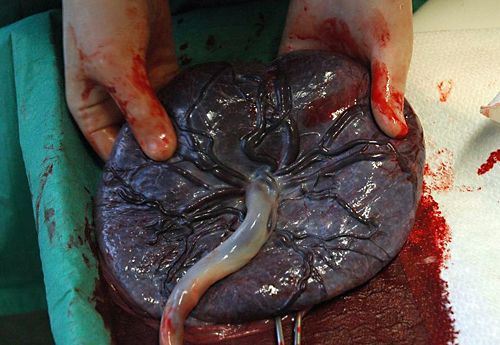-
 cDNA
cDNA
-
 Public key
Public key
-
 Dense Plume
Dense Plume
-
 Half-Life
Half-Life
-
 Duchenne myopathy
Duchenne myopathy
-
 Endocytosis
Endocytosis
-
 Atypical antipsychotic
Atypical antipsychotic
-
 RGB
RGB
-
 Lymphocyte
Lymphocyte
-
 xDSL
xDSL
-
 ISDN
ISDN
-
 Phenotype
Phenotype
-
 Delta IV Heavy
Delta IV Heavy
-
 Acutance
Acutance
-
 Transgenic plant
Transgenic plant
-
 Burst
Burst
-
 Crinoids
Crinoids
-
 Marsis radar
Marsis radar
-
 RPG
RPG
-
 Spectroheliograph
Spectroheliograph
-
 Enterprise
Enterprise
-
 Superplastic metal
Superplastic metal
-
 Ocean planet
Ocean planet
-
 Space-time
Space-time
-
 FPS
FPS
-
 Ketone
Ketone
-
 Parasol
Parasol
-
 Songbird
Songbird
-
 Argilite
Argilite
-
 Puddling
Puddling
Placenta
The placenta is a generally round or ovular organ with an average diameter of approximately 22 cm. It weighs approximately 450 g and is approximately 2.5 cm thick at the centre of the placental disc. One of its most fundamental roles is to allow exchange of substances in the mother's blood with those in the foetus through different ducts, without ever placing the two in direct contact and therefore providing nutrients and oxygen to the embryo while removing waste (carbon dioxide, urea, etc.) at the same time.
These substances cross the blood-placental membrane which is an effective barrier against some pathogens. On the other hand, drugs and alcohol but also viruses and some parasites can cross from one body to another and cause malformations in some cases (delayed development, mental retardation and physical abnormalities).
 Human placenta Credit: Flickr (author Inferis) public domain
Human placenta Credit: Flickr (author Inferis) public domain
Latest
Fill out my online form.



